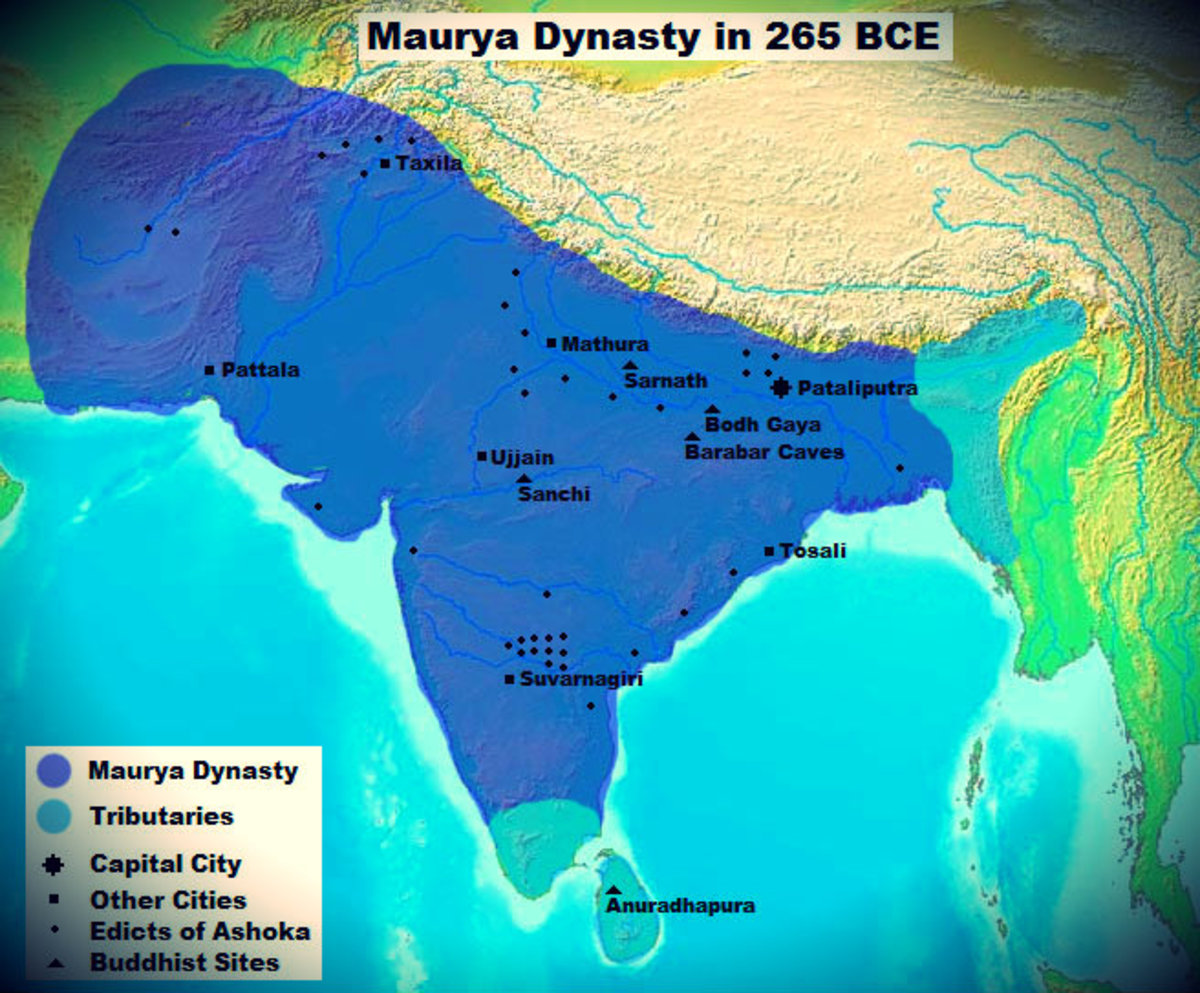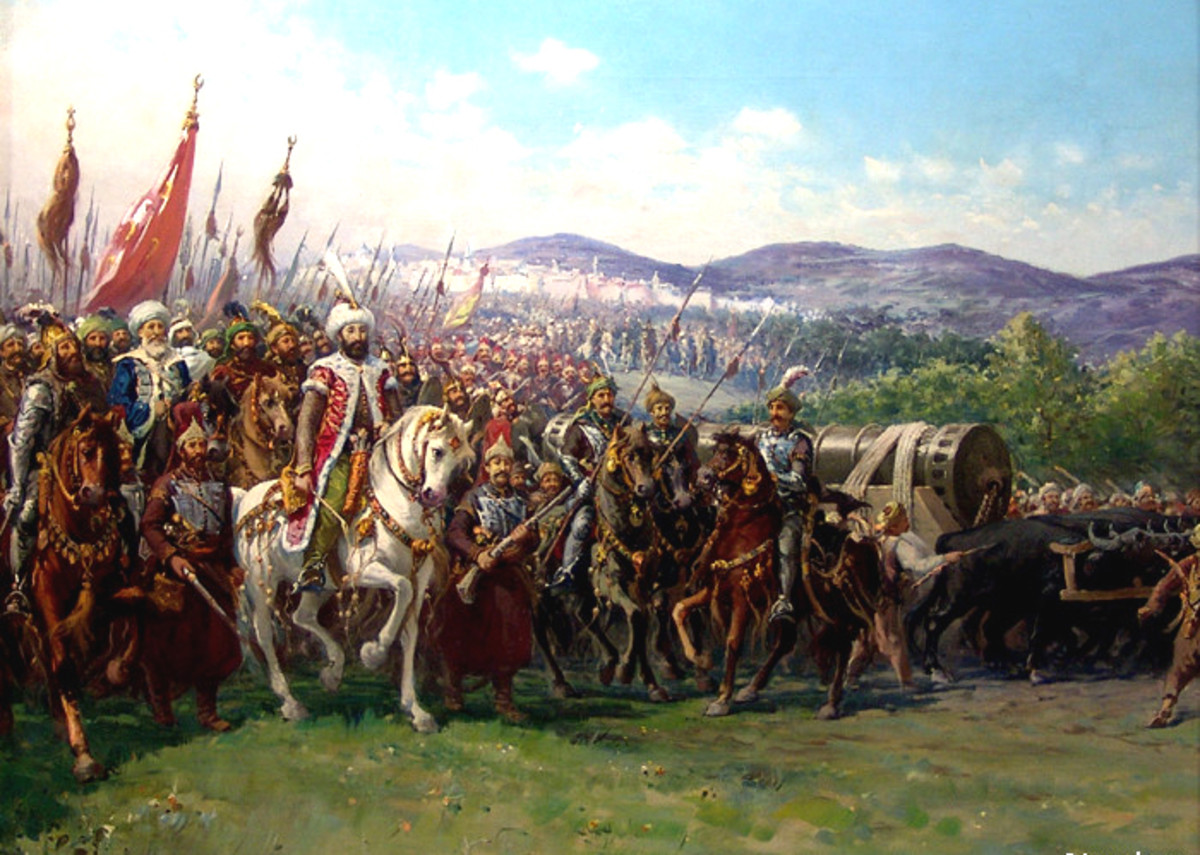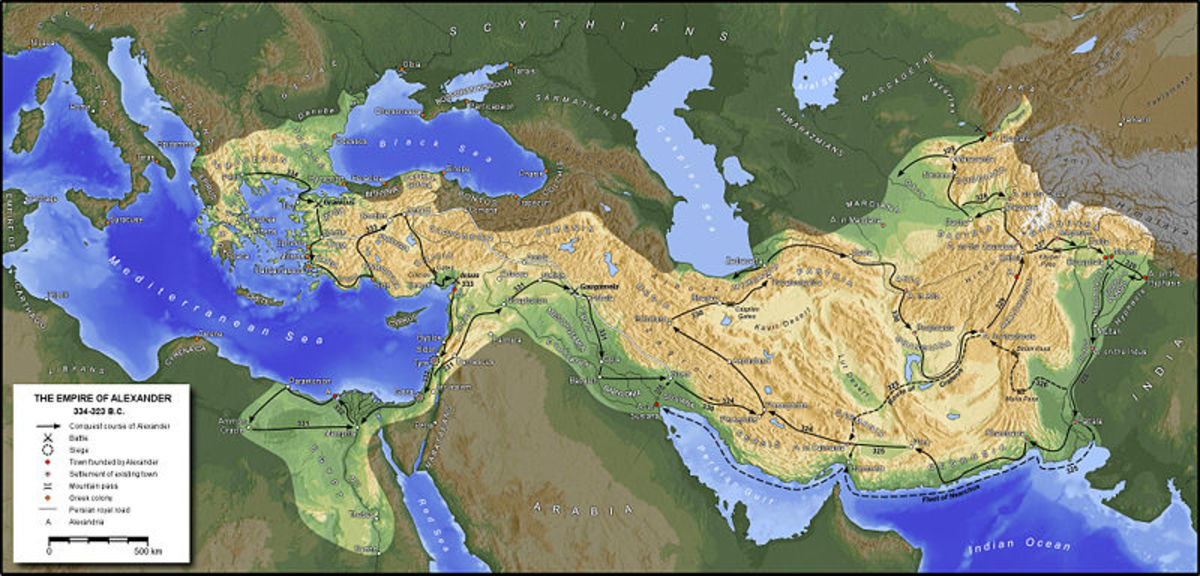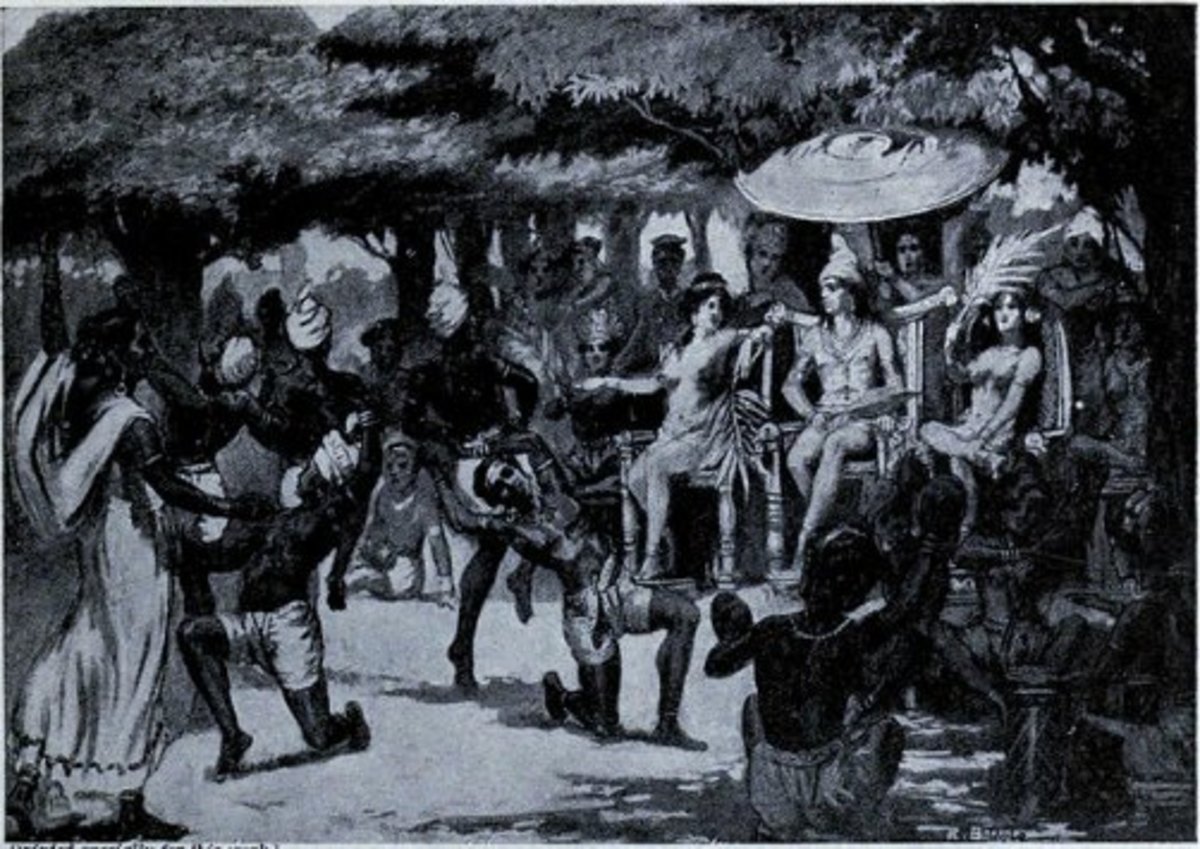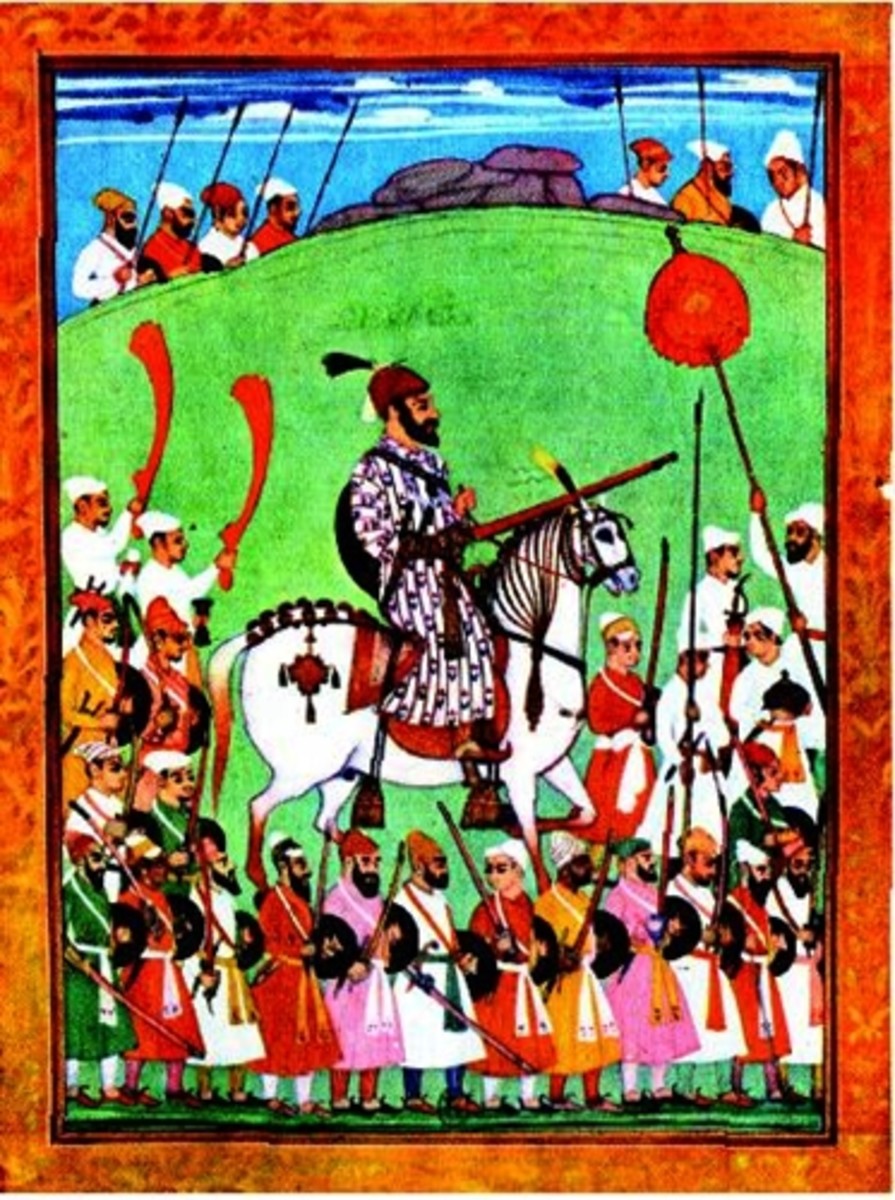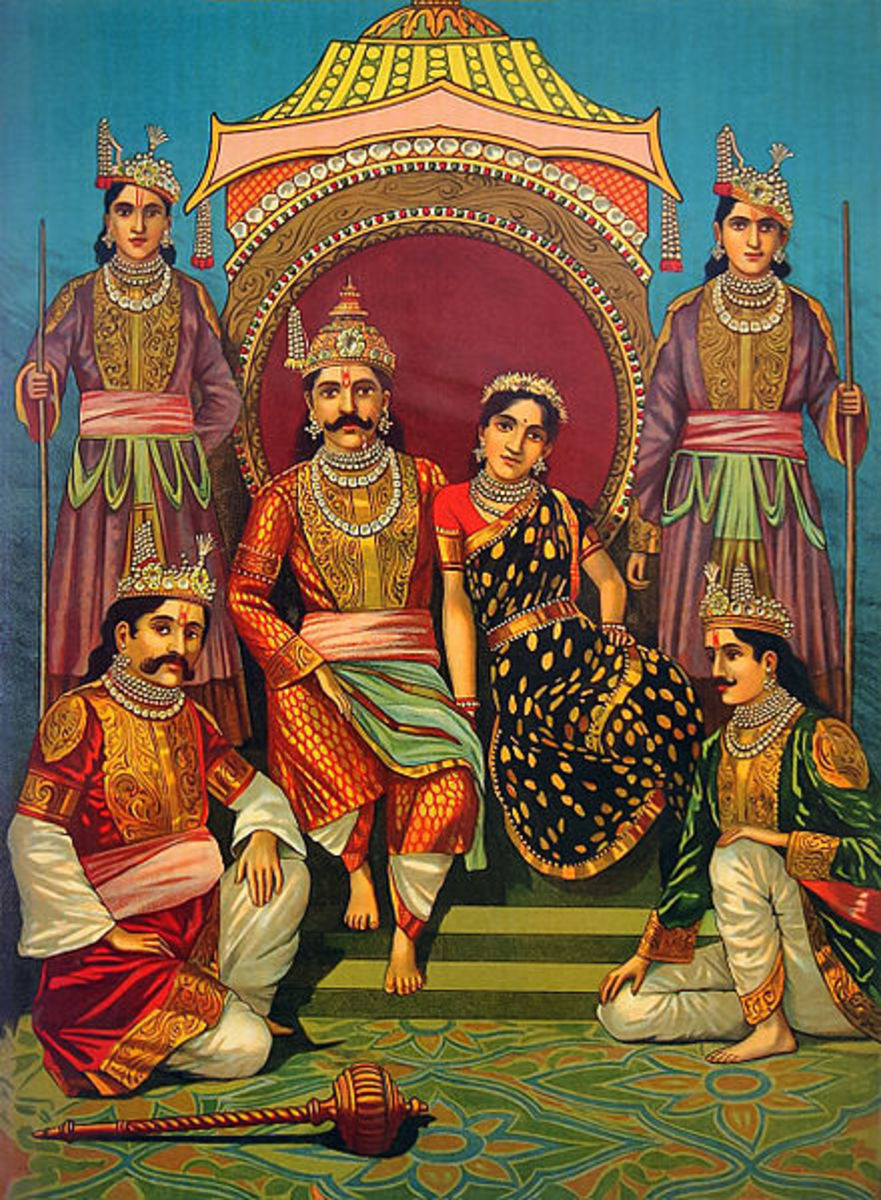- HubPages»
- Education and Science»
- History & Archaeology»
- History of Asia
MAURYAN EMPIRE
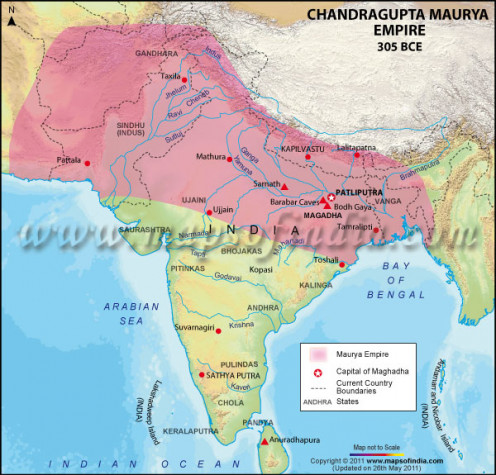
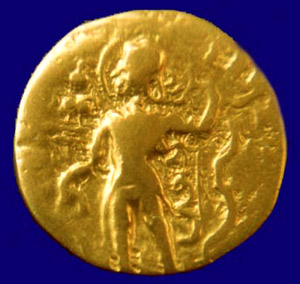
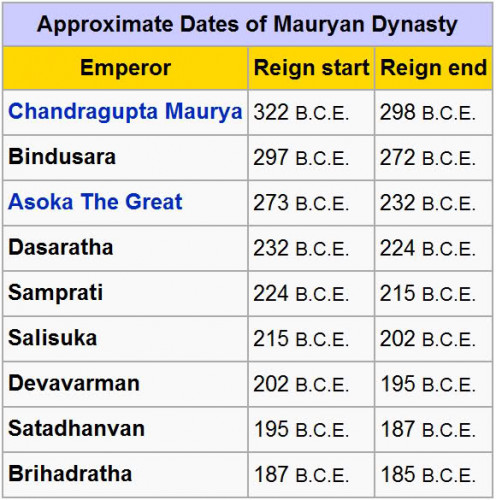
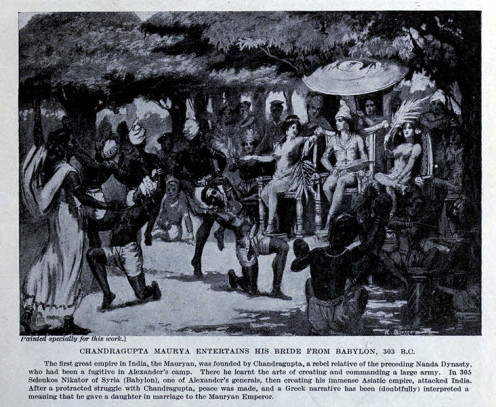
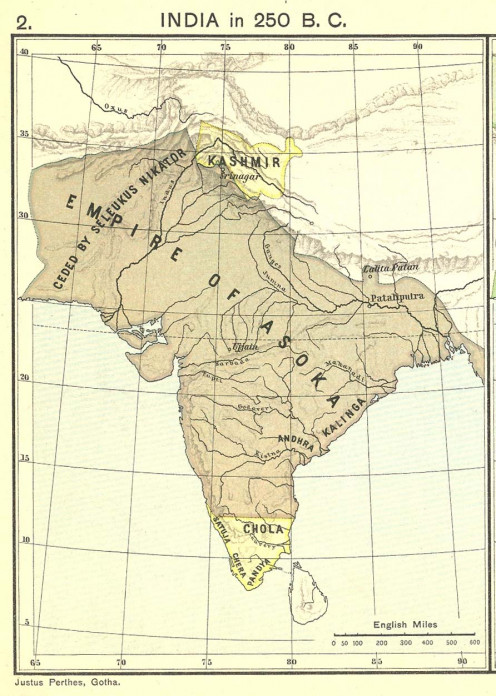
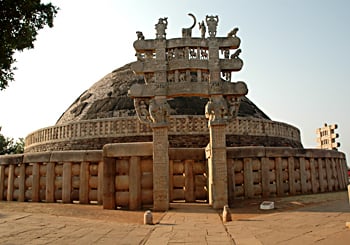
CHANDRA GUPTA
The first great empire in the Indian sub continent was that of the mauryas, which was established by Chandragupta. Chandragupta’s antecedents are shrouded in mystery. But there are references to him in various Brahminical, Jain and Buddhist writings. According to Jain tradition, Chandragupta was the son of a village headman’s daughter. The Sanskrit play’ MUDRARAKSHASA’ also mentions about Chandragupta’s base birth. Buddhist tradition however gives a totally different picture of his birth. According to Mahavamsha, Chandragupta was born in a kshatriya clan called’MORIYA’.
Whatever may have been in Chandragupta’s ancestry, he lived in a momentous period of world history. He was a contemporary of Alexander and, India was ruled by the Nanda dynasty. Alexander who had captured the upper sindhu valley by 325 BCE, passed away a couple of years later. During that period of uncertainty one of Alexander’s deputy by name Philippus took over the reins of administration, but Chandragupta finding that Philippus was a weak ruler, exploited it by annexing the territory which was occupied by the Greeks. Historians believe that his accession to power was provisionally around 324 BCE. Flushed with this success he then turned his attention to displace the tyrannical Nandas. In this he was assisted by the crafty chanakya in defeating the king Dhana Nanda. Meanwhile around 305 BCE a new threat loomed in the upper sindhu valley. Selecus who succeeded Alexander tried to recapture the lost Greek colonies, but Chandragupta was able to defeat him. Seleucus who was a practical man stuck an alliance with Chandragupta by ceding places like, ARYA, ARACHOSIA and PAROPANISADA along with GEDROSIA (these were the ancient capital cities of Herat, Kandahar, Kabul and Baluchistan. To cement these ties he gave his daughter in marriage to Chandragupta and sent Megasthenes as his ambassador. Megasthenes incidentally lived for a long time in PATALIPUTRA (PATNA) and wrote his magnum opus INDICA.
EXTENT OF THE EMPIRE
Chandragupta’s successors notably Asoka had expanded the empire which stretched from the remote borders of the northwest to the distant south. Some Tamil texts referred to an invasion of the south by a group of people called ‘VAMBA MORIAS’. The Maurya’s had advanced with their large army to the southern most districts of Tirunenveli (in modern Tamil Nad) after passing through Konkan , Cannanore and Kongu. There are also inscriptions in JUNAGARH in western India which show that Saurashtra too was a province of the Mauryan Empire.
MAURYAN ADMINISTRTION
Administering such a large empire was indeed a great challenge. With communication and transportation facilities not well developed, controlling this territory from a central location was not easy. It was this which necessitated the formation of self governing provinces and village communities. Details regarding Mauryan administration are to be found in the writings of Megasthenes, Kautilya, Diodoros and Strabo.
The government at the center comprised of the king, who was advised by a council of ministers called MANTRIPARISHAD. This council of ministers consisted of MANTRIN (Prime Minister) PUROHITA (Royal priest) SENAPATHI (Commander in chief) and YUVARAJA (Heir-apparent)
The empire was divided into three provinces and each was under a viceroy who was a member of the royal family. The provincial capitals were TAXILA, UJJAIN and TOSALI. At the top of the Mauryan administrative hierarchy in the provinces there was the viceroy who was assisted by divisional commissioners. Lower down in the hierarchy was district officers and petty officers.
All land belongs to the state which was the main source of revenue and crops were taxed at one-fourth of its value. To promote agriculture the mauryans placed great importance on irrigation. Many artificial lakes and dams were built and inscriptions in some places like GIRNAR and KATHIAWAR bear testimony to this. The role of the district officers was to maintain irrigation facilities and administer the government land, mines and forests.Mauryan cities had an excellent system of roads which linked the capital with provincial towns. Care was taken to build rest houses on the way and the major trade routes were PATALIPUTRA, PRAYAGA, BHARHUT, VIDISIA and UJJAIN.
The civil administration was bureaucratic in nature and municipalities were governed by six boards comprising of five members each. These boards were concerned with the administration of trade, foreign affairs, census, commercial activities etc.
Mauryan administration was one of the earliest attempts in the Indian subcontinent in laying the foundations of public administration. The influence of Chanakya is found in this huge bureaucratic machinery. Succeeding empires of the Guptas, Mughals and the British had to an extent borrowed some of the concepts particularly in local self administration in governing the Indian sub continent.

